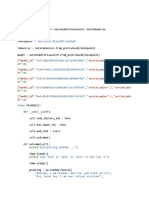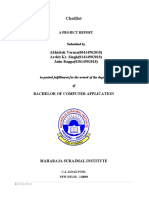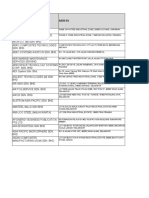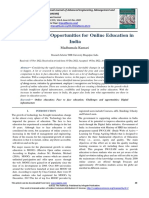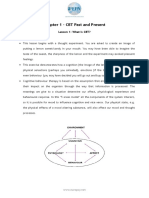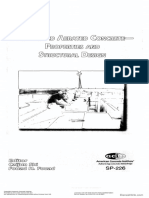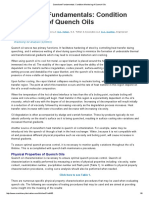0% found this document useful (0 votes)
42 views7 pagesChatbot Abstract and Source Code
This document outlines the implementation of a chatbot using Natural Language Processing (NLP) and Machine Learning (ML) techniques to predict user intents and generate responses. Key features include synonym-based sentence augmentation, intent classification using a TF-IDF vectorizer and Naive Bayes classifier, and real-time interaction through a command-line interface. The source code provided includes libraries used, predefined intents, functions for synonym generation, training data expansion, and the main chatbot functionality.
Uploaded by
moneyheisr.lrp9898Copyright
© © All Rights Reserved
We take content rights seriously. If you suspect this is your content, claim it here.
Available Formats
Download as PDF, TXT or read online on Scribd
0% found this document useful (0 votes)
42 views7 pagesChatbot Abstract and Source Code
This document outlines the implementation of a chatbot using Natural Language Processing (NLP) and Machine Learning (ML) techniques to predict user intents and generate responses. Key features include synonym-based sentence augmentation, intent classification using a TF-IDF vectorizer and Naive Bayes classifier, and real-time interaction through a command-line interface. The source code provided includes libraries used, predefined intents, functions for synonym generation, training data expansion, and the main chatbot functionality.
Uploaded by
moneyheisr.lrp9898Copyright
© © All Rights Reserved
We take content rights seriously. If you suspect this is your content, claim it here.
Available Formats
Download as PDF, TXT or read online on Scribd
/ 7








